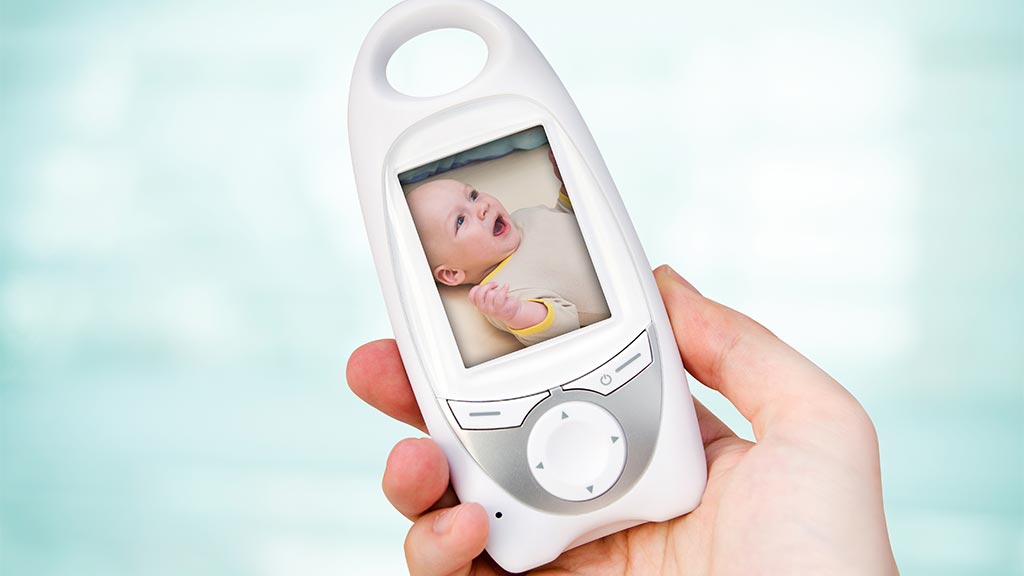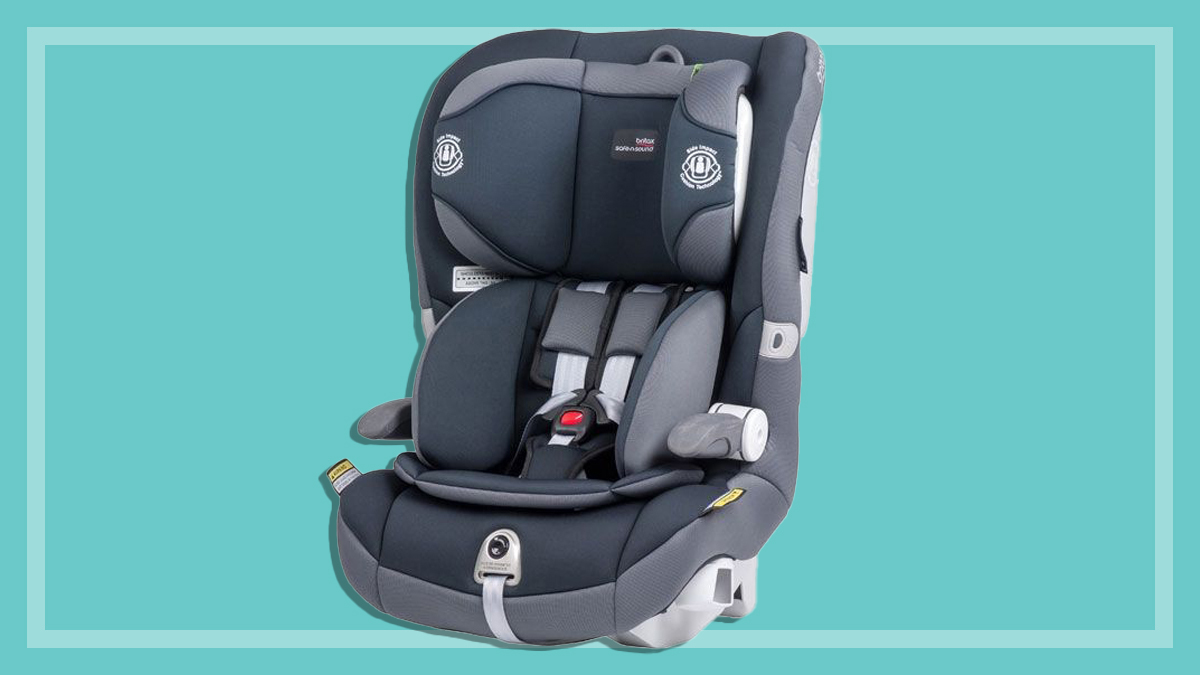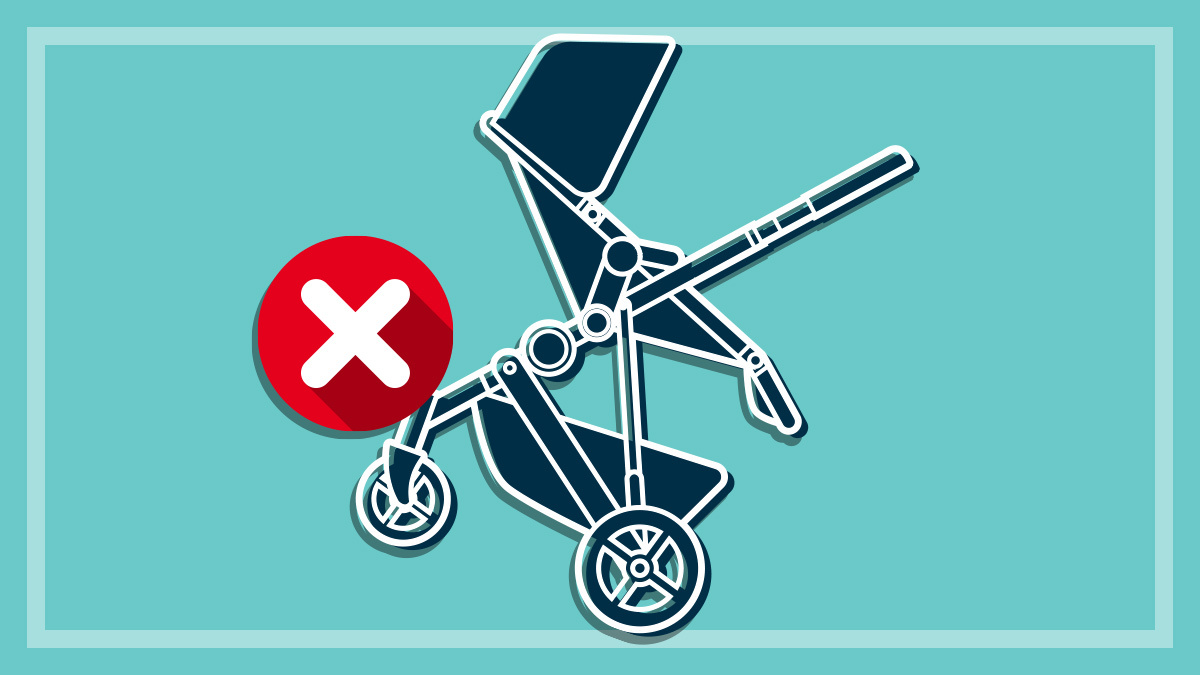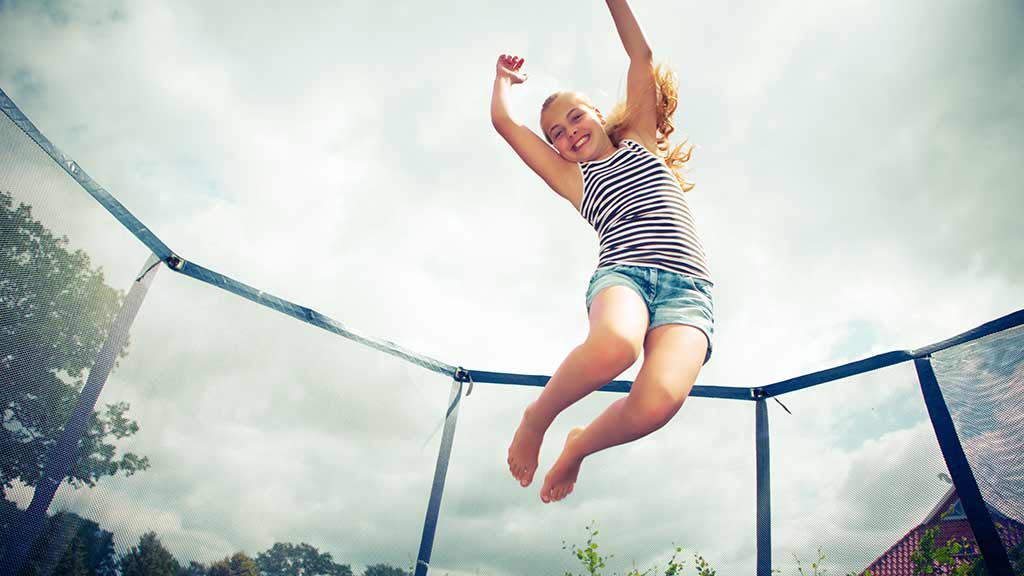Get our independent lab tests, expert reviews and honest advice.
How to buy safe strollers, cots and other baby products

Need to know
- Ignore misleading marketing fluff and check for certification to the mandatory and voluntary standard.
- Do your research before heading in store, so you know the common hazards to look out for.
- Price is not always an indicator of safety.
Buying baby products can be an emotionally charged experience and it’s surprisingly easy for even the shrewdest shopper to get carried away or confused by the products on offer.
So how can you avoid falling into marketing traps?
- The best strategy is to narrow down your choices to models that are safe and fit your budget first, before letting aesthetics, extra features and personal preferences guide your final decision.
- We’ve found that the price of a product often has little bearing on its safety, so no matter your budget, you can ensure your baby is getting the best by being well-informed when you hit the shops.
- When considering the safety of a product, don’t be fooled by buzz words or phrases like “SIDs tested” or “breathable” which on closer scrutiny often mean absolutely nothing. Instead, look for certification to mandatory and voluntary safety standards and read up on the common safety hazards so you can check products yourself.
To help you make your choice with confidence, we’ve put together a concise safety guide for some of the most common baby products. Whether you’re preparing for a new arrival or making a one off purchase, use our guide to make sure you and your baby sleep easy.
If you’re still trying to work out what you absolutely need to buy and what is just a nice-to-have, read our quick guide to baby needs vs. wants first.
How to check for safe products
Cot mattresses don’t have to meet an Australian safety standard. There’s a firmness standard designed to prevent suffocation, but it’s not mandatory. Look for a label that says the mattress has passed the test for sleep surface firmness, AS/NZS 8811.1:2013, or ask in-store for mattresses with this certification.
- Bring a measuring tape to double check the dimensions. A mattress should fit your cot snugly, with no more than a 2cm gap on each side.
- If you’ve already purchased a mattress, you can test it at home to check if it is firm enough. Our cot mattress buying guide contains detailed instructions on how to carry out you own home test.
All cots sold in Australian stores must meet a mandatory safety standard, but there is also a newer, safer standard which is not mandatory. Look for a label that says the cot has passed the voluntary standard AS/NZS 2172:2013, or ask in-store for cots with this extra certification.
- Check for any sharp edges or anything sticking out or pointing up that could hit a child’s head or snag on their clothing.
- Any screw openings should come with plugs to prevent little fingers from getting trapped inside.
- Feel how firm and rigid the cot is, making sure the bars don’t bend or move when you pull them.
- If the cot has a dropside, it should operate smoothly and lock into place securely.
- Take a tape measure in store and check for:
All portable cots sold in Australian stores must meet a mandatory safety standard, but there is also a newer, safer standard which is not mandatory. Look for a label that says the cot has passed the voluntary standard AS/NZS 2195:2010, or ask in-store for cots with this extra certification. Unfortunately, despite having these certifications, our testing has shown that the majority of portable cots still fail safety tests. This means it is even more important to check for common safety hazards yourself.
- All four sides should be made of a breathable mesh that extends all the way to the floor of the cot. This is not currently a legal requirement, but is very important for preventing suffocation.
- Inside surfaces should be free of bumps, ledges and protruding parts so children can’t hit their heads, get their clothing snagged or use them as a foothold to climb out of the cot.
- The mattress should be very firm and fit snugly without gaps on any side and should not be easily moved or lifted out of place by the child. Avoid inflatable mattresses as these can become too soft over time.
- The cot floor shouldn’t sag. Press down on the base to check this. If you’re using a portable cot that doesn’t have a sturdy, rigid base, make sure you always use it on a flat floor and not an uneven surface that could distort the mattress shape.
All strollers sold in Australian stores must meet a mandatory safety standard, but there is also a newer, safer standard which is not mandatory. Look for a label that says the stroller has passed the voluntary standard AS/NZS 2088:2013 or ask in-store for strollers with this extra certification.
- Check for sharp or protruding parts or pieces that could pose a choking risk, and gaps that could trap fingers or limbs.
- Look for a child-proof mechanism for locking and unlocking the frame.
- Test if the stroller is stable enough not to tip easily. Try hanging a full bag from the handle and see how easily it starts to tip backwards.
- Try unbuckling the harness to make sure that it separates automatically into five separate pieces (two shoulder straps, two waist straps and the crotch buckle). If the waist and shoulder strap stay connected, the resulting loop could pose a strangulation hazard.
High chairs don’t have to meet an Australian safety standard. To make sure you’re getting a high chair that has been safety tested, look for a label that says it has passed either the AS 4684:2009 or the European Standard EN 14988 (or both!).
- Stability is the most important thing to look for in a high chair, so push and rock each chair in store to check which is the sturdiest (wide legs usually increase stability).
- Use your fingers to explore all the nooks and crannies to check for anything sharp.
- Look for any moving parts that could pinch the skin or trap a tiny finger or limb.
- When you get home, make sure you set up the chair at least half a metre from anything your child could use to push off from and topple over – windows, large furniture, blind or light pullcords, and so on
There are no safety standards for change tables in Australia.
- Look for models that are strong, stable and have some form of roll-off protection, such as raised sides.
- The side barriers ideally should be 10cm high, so take a tape measure to check this in-store.
- Run your fingers along the sides and surfaces to check for sharp edges or small spaces that could trap a finger or limb.
All car seats sold in Australia need to meet mandatory safety standards. The Child Restraint Evaluation Program (CREP) independently crash tests car seats above and beyond these standards. Results are published for free online at childcarseats.com.au. All models listed on the CREP website are considered safe, however those with more than one star have an even better safety performance than what’s legally required.
Other things to consider when buying a child car restraint
- Weight: Pick it up and see how easy it is to manoeuvre around.
- Shoulder markers near the straps: To help show when it’s time to move up a size.
- Cup holders: Are nice-to-have, but more useful for older kids than babies.
- Cleaning: Kids will make a mess. Do the covers and other parts come off easily?
- Compatibility: If you’re buying a capsule, check if it’s compatible with your stroller.
- Rear facing: Generally rear facing is safer for younger babies, so you may prefer to choose a convertible car seat which can face rearwards for longer (up to 2.5 years).
- Room: Is there space to get in and out once the seat is installed? If you’re planning on expanding your family, is there enough space to have more than one restraint? Most stores will let you take the car seat to your car to check how it fits before buying.
- Seat belts: Are yours long enough to thread through the seat?
- Anchor points: Does your car have enough anchor points if you have more than one seat or capsule?
- ISOFIX: Make sure your car is compatible if you’re choosing an ISOFIX car seat.






